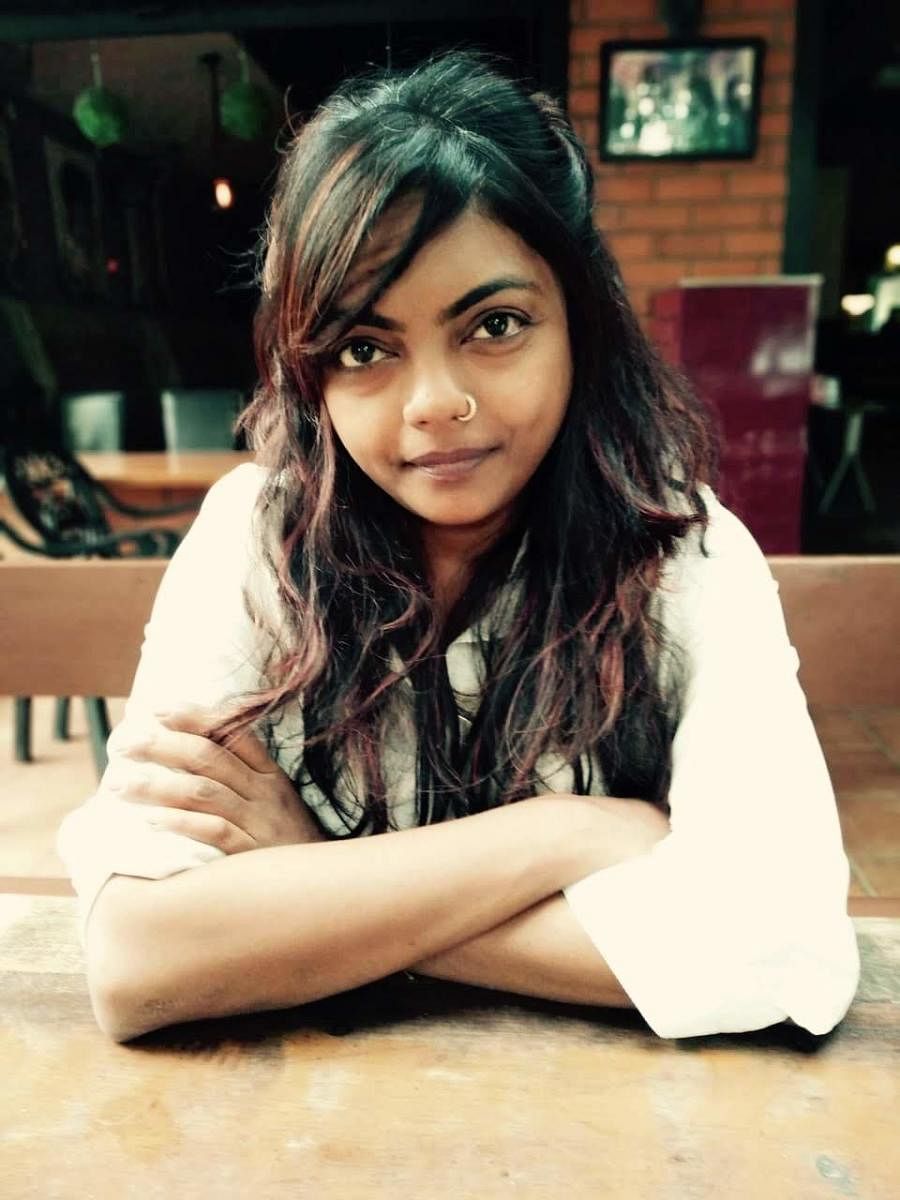
Bengaluru-based designer Runa Ray was in New York recently to attend a preparatory meet for the ‘2020 UN Ocean Conference’ which will be held from June 2 to June 6 in Lisbon. She is an advocate for sustainable fashion and has constantly been on the look-out for innovative ideas for green fashion that she can incorporate into her collections.
Runa was also invited to the United Nations to take part in a climate change summit last year. She will be the only designer from the fashion fraternity to be discussing how the industry can contribute to saving marine life.
In a quick chat with Metrolife, Runa throws light on being part of the ‘UN Ocean Conference’, about the collection she presented at the meet and her future plans.
On your last visit to the UN, you spoke about sustainable fashion and its contribution to the environment. How is this trip different?
My last visit was on global warming and climate change, and what people can do in their own capacity to control further destruction. I went there as a designer, representing the fashion fraternity and spoke on how we designers can take greener approaches.
This conference is an offshoot of the climate action summit but concentrates more on oceans. People who have been invited are from different fields such as science and philanthropy. There will also be people who deal with oil pipelines running across the ocean.
The conference will highlight what can be done to make the oceans safer. As I will be the only one from the fashion industry, I have planned on presenting different techniques and methods that the industry at large can use to bring about a change.
Tell us about the collection you created for the preparatory meet.
The collection is a couture line for women and I named it ‘Our Blue Mess’. I created a collection of seven garments, using minimal water wastage and eco-friendly dyes that don’t contaminate the water. Of course, it was on a small project, but this can be done on a larger scale too. While creating the line, I used 10 litres of water to print 100 meters of fabric. It might be a long process, on an industrial scale but the process will reduce water wastage.
I have used the ancient technique of water painting - where we paint on the water and put the fabric on it. The dye seeps into the fabric, after which we lift it. With this technique, there is no paint that actually falls into the water. I have mostly used water-based paints rather than oil-based ones.
What about the fabric?
For this conference, I have used fabrics that were overproduced by industrial companies in Bengaluru. Speaking of which, we need to understand that a lot of wastage happens in the industry level itself. For example, unused fabrics, that are actually programmed to make samples, go for waste most of the time. Nobody talks about it. I decided to use satin fabric — which is polymer-based and is bad for the environment but at the same time, it is going to be unused and will most likely end up in a landfill. So, I decided to use that instead of a natural fabric and give the clothes a prolonged life.
How does it feel to be the only fashion designer invited to be part of such an important discussion?
I am definitely excited. It would be interesting to see what the scientific community, various businesses, governmental organisations and NGOs have to contribute because everything is connected. This will also help me to understand how I can contribute on a larger scale. It will help define what part of the climate action I can be a part of.
What is your plan going forward?
I hope to educate our design fraternity because we have a lot of people talking about green fashion. But, to understand the concept, one needs to study climate change.
I also want to study how dyeing was done earlier and why we stopped using it. When we are studying fashion and design in college, we learn the history of it all. It intrigues me why we have forsaken it. I am not saying that we should completely go back, but certain aspects of design can be adapted for the sake of our environment.